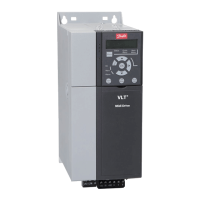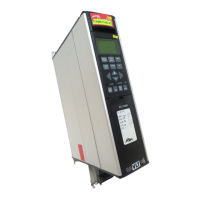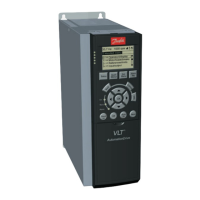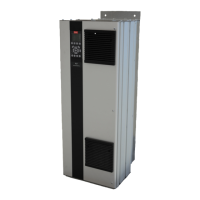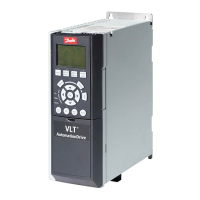4.2 EtherNet/IP Connections
The EtherNet/IP control cassette supports the CIP
connections.
4.2.1 Class-1 Connection
I/O connection using TCP transport. The EtherNet/IP
interface supports maximum 1 Class-1 connection, but
several listen-only connections can be established if
multicast is selected as transport type. This type of
connection is used for cyclic I/O and change-of-state
connections. The connection is established with a forward
open-command, containing the following information:
Transport type
Specied for both directions:
•
Originator-to-target/target-to-originator.
•
Point-to-point.
•
Multicast (target-to-originator only).
Data size
Specied (in bytes) for both directions:
•
Originator⇒Target
•
Target⇒Originator
The data size depends on the assembly instance selected
in Table 4.2.
Instances (decimal)
Data size
Originator⇒target Target⇒originator
20, 21, 100 70, 71, 150 4 bytes
101 151 8 bytes
103 153 20 bytes
Table 4.2 Data Size
Packet rate
Specied (in ms) for both directions: Originator⇒target/
Target⇒originator.
Minimum packet rate supported: 1 ms.
Production inhibit timeout
Species (in ms) the timeout time for both directions.
Trigger
Selects the transport trigger type:
•
Cyclic (data is transmitted based on API).
•
Change-of-state (data is transmitted on change-
of-state only. COS lters are set up in
parameter 12-38 COS Filter.
Connection points
Specied for both directions: Originator⇒target/
Target⇒originator.
Prole
(parameter 8-10 Co
ntrol Word Prole)
Direction Connection points
(decimal)
ODVA
Originator ⇒target
20, 21
Target ⇒originator
70, 71
Frequency converter
Originator⇒target
100, 101, 103
Target ⇒originator
150, 151, 153
Table 4.3 Connection Points
4.2.2 Class-3 Connection
Cyclic connection using UDP transport.
Maximum 6 Class-3 connections are supported.
This type of connection is used for explicit messaging. The
connection is established with a forward open-command,
containing the following information:
Connection name
Given name for the connection.
Message parameters
•
Service code.
•
Class.
•
Instance.
•
Attribute.
•
Member.
•
Request data.
4.2.3 Unconnected Messages, UCMM
Non-cyclic connection using TCP transport.
This type of connection is used for explicit messaging. The
connection is established on-the-y and does not require
any forward open-command.
Message parameters
•
Service code.
•
Class.
•
Instance.
•
Attribute.
•
Member.
•
Request data.
Refer to chapter 7 Appendix for information on accessing
CIP objects explicitly.
Control Programming Guide
MG07H102 Danfoss A/S © 06/2016 All rights reserved. 13
4 4
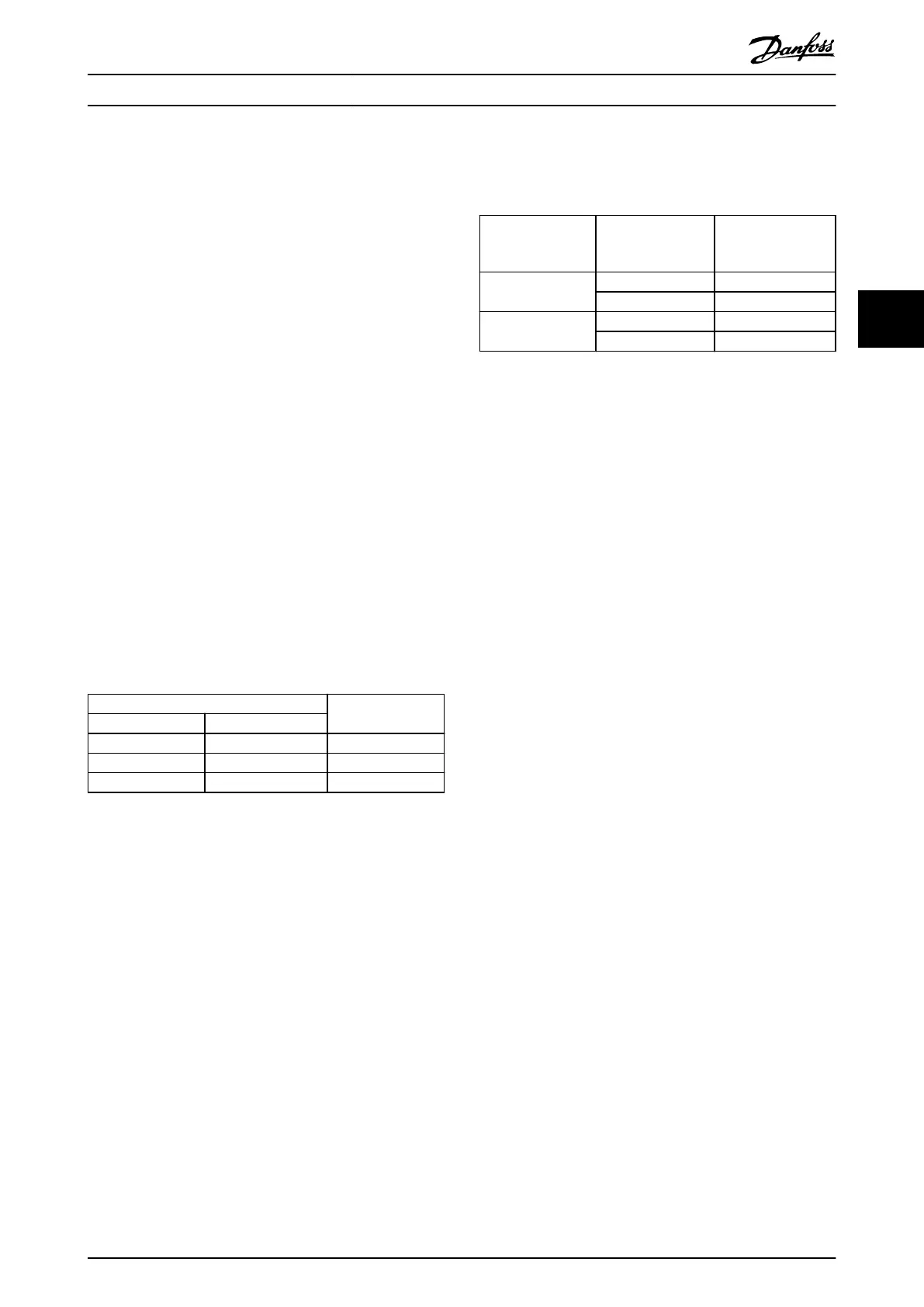